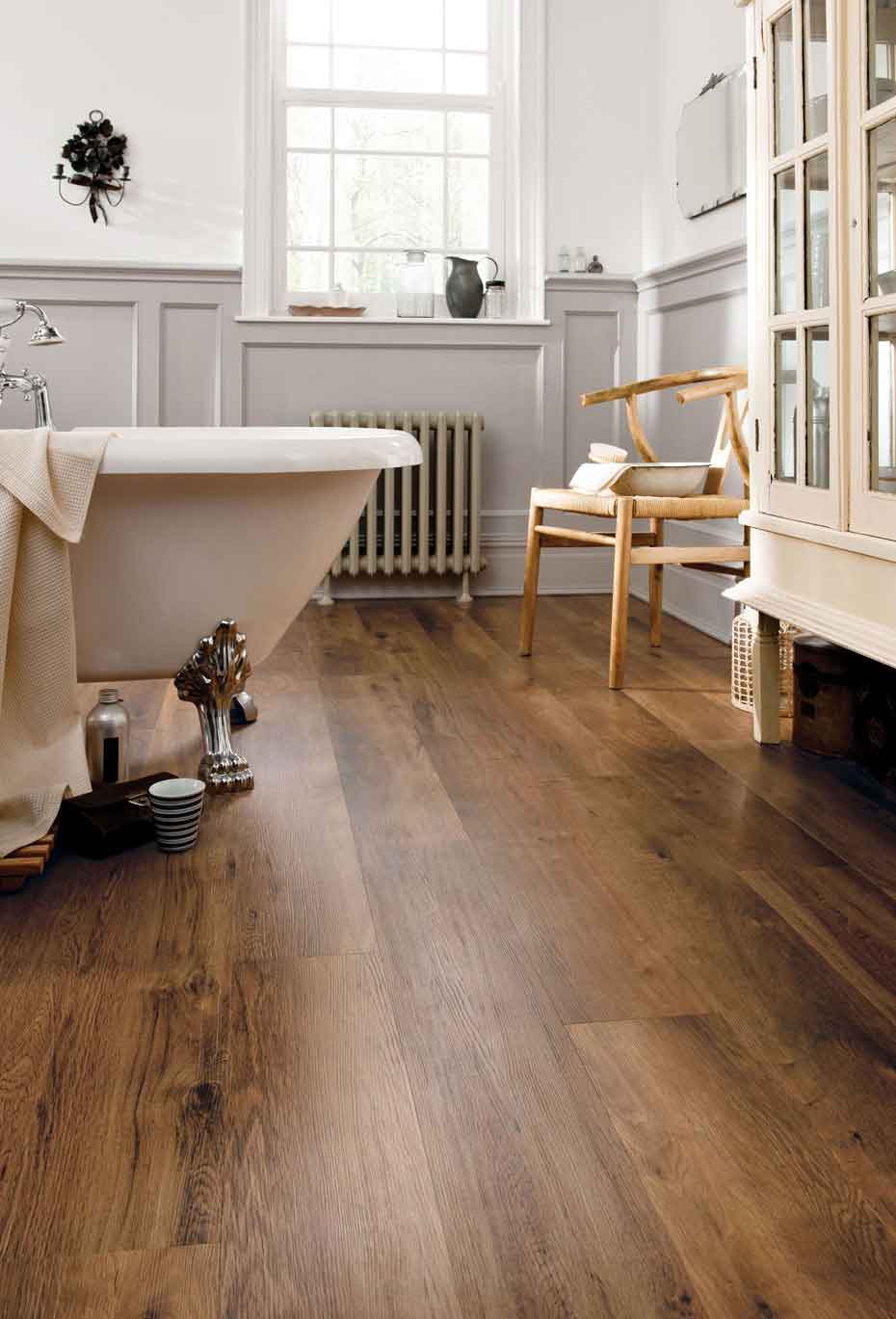You’ve finally found the perfect laminate flooring for your home. You’ve carefully measured, chosen the colors, and even booked the installers. But then, you hit a snag: you need to store your new flooring for a while before it can be installed. The problem? It’s winter, and it’s cold outside. Can you store laminate flooring in the cold, or will it get damaged?

Image: almahdihardwoodflooring.com
Many people wonder if the cold can damage their beloved laminate flooring. It’s a valid question, considering the sensitive nature of this popular flooring option. In this comprehensive guide, we’ll dive deep into the effects of cold storage on laminate flooring, offering expert advice and actionable steps to ensure your floors stay in perfect condition.
Understanding Laminate Flooring: A Symphony of Layers
Before we delve into the cold storage topic, let’s understand what makes laminate flooring tick. Imagine a complex sandwich – each layer plays a vital role in creating the beautiful and durable surface we know and love:
- The Core: The core is the foundation of laminate flooring, typically made from high-density fiberboard (HDF) or medium-density fiberboard (MDF). It’s the sturdy heart of the floor, providing strength and support.
- The Decorative Layer: This layer is the beauty queen, showcasing a realistic image of wood, stone, or even tile. It’s laminated with a protective coating to resist scratches, stains, and fading.
- The Wear Layer: This transparent layer is the ultimate protector. A tough, durable coat, it shields the decorative layer from wear and tear, ensuring your flooring stays looking pristine for years to come.
- The Moisture-Resistant Layer: While not present in all laminate flooring, this layer adds an extra shield against moisture, especially important in areas prone to spills or humidity.
The Cold, Hard Truth: Can Laminate Flooring Be Stored in the Cold?
Now that we know the ins and outs of laminate flooring, let’s tackle the cold storage question head-on. The short answer? It depends.
While laminate flooring is generally robust, extreme temperatures can pose some risks. The key factors to consider are:
- The Duration of Cold Storage: If your flooring will be stored in the cold for a short period (a few days or weeks), you’re likely safe. However, prolonged cold storage can lead to unwanted complications.
- The Temperature Range: The temperature of your storage environment is critical. Ideally, keep your laminate flooring stored between 40°F and 80°F. This range safeguards the core and prevents any potential damage.
The Risks of Cold Storage: A Look at Potential Problems
While it’s not a complete no-go, cold storage does come with some potential downsides:
- Expansion and Contraction: Laminate flooring is made from materials that expand and contract with temperature changes. This movement can put stress on the core and the decorative layer, leading to warping, buckling, or even damage to the locking system.
- Moisture Penetration: Cold environments can lead to condensation, which can create moisture problems. This moisture can seep into the flooring, compromising its structure and even causing mold growth.
- Damage to the Locking System: The locking system is crucial for achieving a seamless, smooth floor. Prolonged exposure to cold can lead to the locking mechanisms becoming brittle or damaged, making it difficult to install the flooring properly.

Image: www.chestnutflooring.ca
Tips for Safe Cold Storage and Stress-Free Installation:
Let’s be practical. Here’s what you can do to minimize risks and ensure a successful installation:
- Store in a Dry, Insulated Environment: Choose a dry, insulated space for storage, ideally a garage or shed that offers protection from the elements. Avoid storing your flooring directly on a concrete floor – use pallets to elevate it.
- Proper Packaging: Keep your laminate flooring in its original packaging, ensuring a secure and dry environment.
- Check for Moisture: Before installing your flooring, carefully inspect it for any signs of moisture. If you notice dampness, allow the flooring to dry thoroughly in a warm room before installation.
- Acclimatize Before Installation: Give your laminate flooring a chance to acclimate to room temperature before installation. This gives the planks time to adjust to their new environment and minimizes the risk of expansion and contraction issues during installation.
Expert Insights: A World of Valuable Advice
The flooring industry is full of knowledgeable experts who can guide you on the best practices for storing laminate flooring.
Here’s what they recommend:
- “Always follow the manufacturer’s guidelines for storage,” advises a flooring industry expert.
- “If you’re unsure about potential risks, consult with a flooring professional. They can offer expert advice tailored to your specific circumstances,” suggests a seasoned installer.
Can Laminate Flooring Be Stored In The Cold
Embrace a Smooth Installation and a Beautiful Flooring Solution
By understanding the intricacies of laminate flooring and heeding expert advice, you can confidently navigate the challenges of cold storage. Remember:
- Prioritize a dry, insulated environment for storage.
- Check for moisture and allow the flooring to acclimate before installation.
With careful planning and a proactive approach, you can ensure your laminate flooring remains in pristine condition, ready to enhance your home with its beauty and durability.
Do you have any questions or experiences with storing laminate flooring in the cold? Share your thoughts and insights in the comments below!






